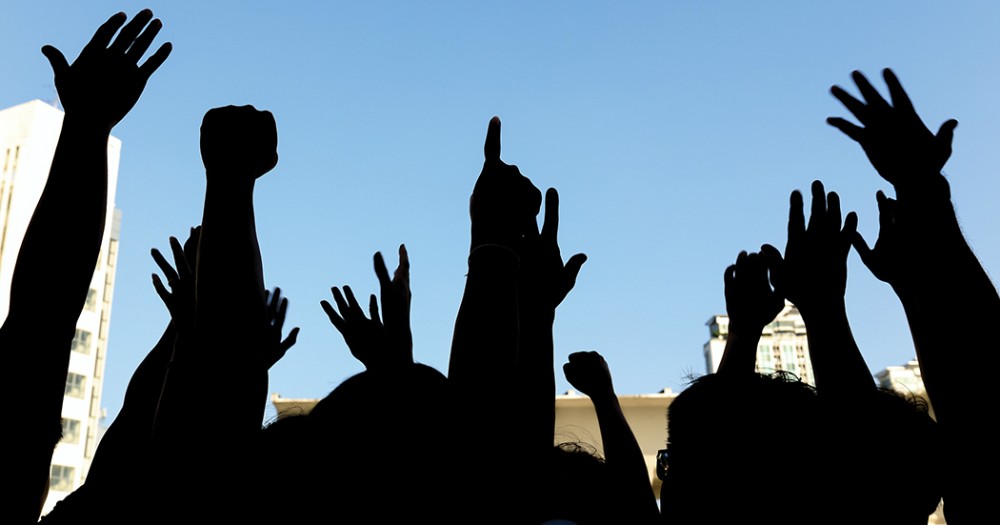Populism and who it’s for
What does it take for people to get mobilized for the common good?

Populism is a perennial feature of forms of rule that include democratic elements. Critics of populism see it as an aberration that unless prevented or punctured will poison a liberal democratic body politic. Against such a view, I contend that populism is an inherent, and often benign, feature of democratic politics. Yet, as with all forms of politics, it can become toxic.
Part of the difficulty in understanding populism is its protean nature. Populism is a sponge that soaks up the ideological spills and stains that surround it. This feature sits alongside others, including opposing instinct and emotion against a rational legal spirit; a simplified antagonistic vision of society, in which a detached ruling class betrays the common people; and the possibility of restoring the equilibrium between the ruled majority and the ruling minority by empowering the former. These can serve both utopian and conservative ideological goals of either the left or the right.
Part of the democratic impulse of populism is to render politics more understandable for everyday citizens. As Benjamin Moffitt points out in The Global Rise of Populism, “the populist embrace of the political ‘low,’ ‘bad manners’ and tendency towards simplification can provide an appealing and comprehensible contrast to the increasingly rarefied and technocratic styles of politics that characterize the contemporary political landscape.”





